Playing games with friends over iMessage is a fantastic way to stay connected and have some fun. If you're on the hunt for a new game to try, Mancala is an excellent choice. This classic strategy game is easy to learn and just as engaging on your phone as it is on a physical board.
Mancala challenges players to move stones strategically around the board with the aim of capturing as many as possible from the opponent. It's a delightful mix of fun and mental exercise that you can enjoy with your friends. So, why not introduce them to Mancala and embark on a new gaming adventure together?
Getting Mancala on iMessage
While Mancala is readily available in the App Store for standalone play, finding it within the iMessage App Store requires a different approach. The trick is to install the GamePigeon app, which houses Mancala and many other games for iMessage.
Here's how to get started:
- Open the Messages app on your iPhone and start a new conversation or select an existing one.
- Tap the App Drawer icon located to the left of the text input field.
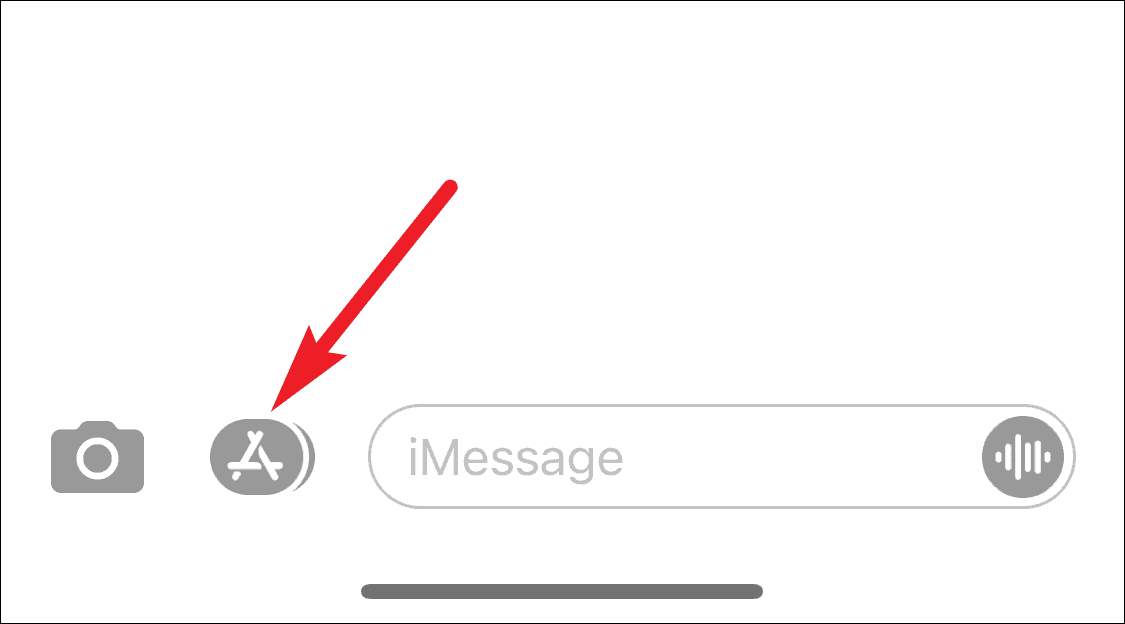
- In the app drawer that appears, tap the App Store icon to access the iMessage App Store.
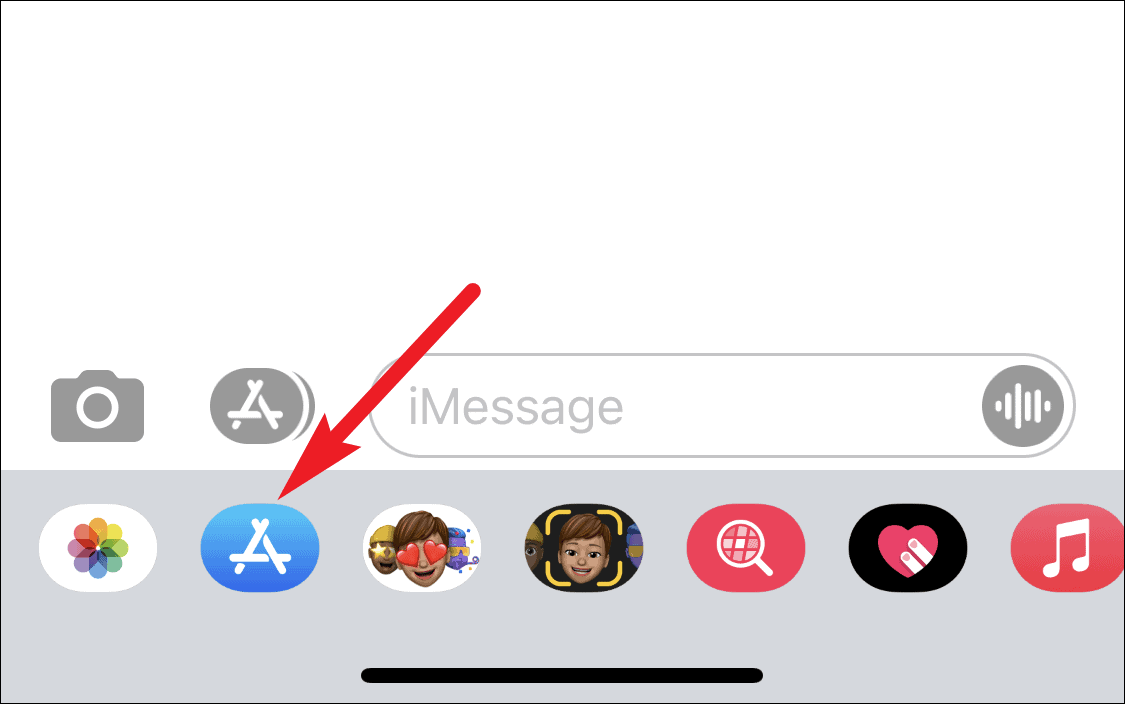
- Tap the Search icon and type "GamePigeon" in the search bar.
- Find GamePigeon in the results and tap the Get button to install it.
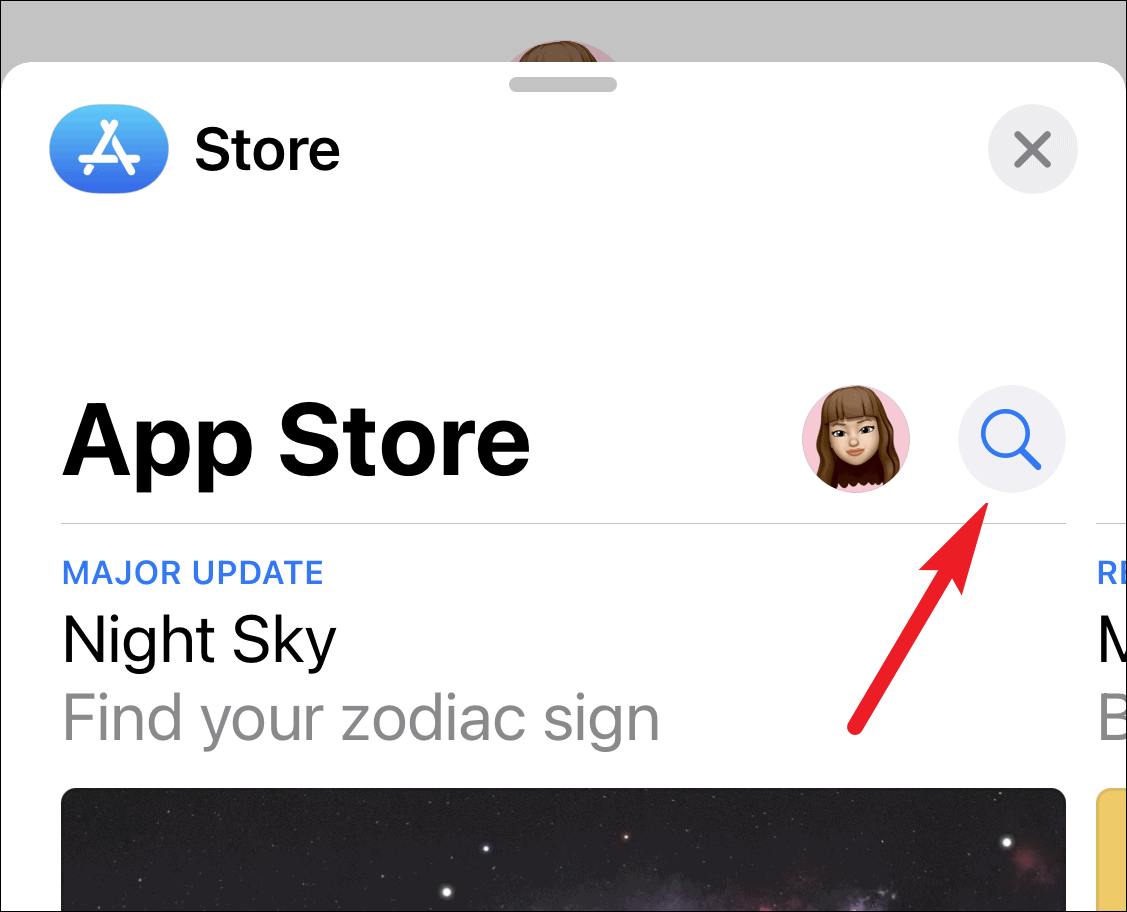

- Once installed, return to the Messages app. Swipe through the app drawer until you find the GamePigeon icon and tap it.

- A list of games will appear. Select Mancala to start setting up the game with your friend.

Starting a Game of Mancala
With Mancala selected, you can choose between two game modes: Capture and Avalanche. Both modes offer unique twists on the classic game. After selecting your preferred mode, pick a difficulty level that suits you.
It's worth noting that the player who initiates the game will take the second turn. Once you've made your selections, send the game invitation to your friend and get ready to play.
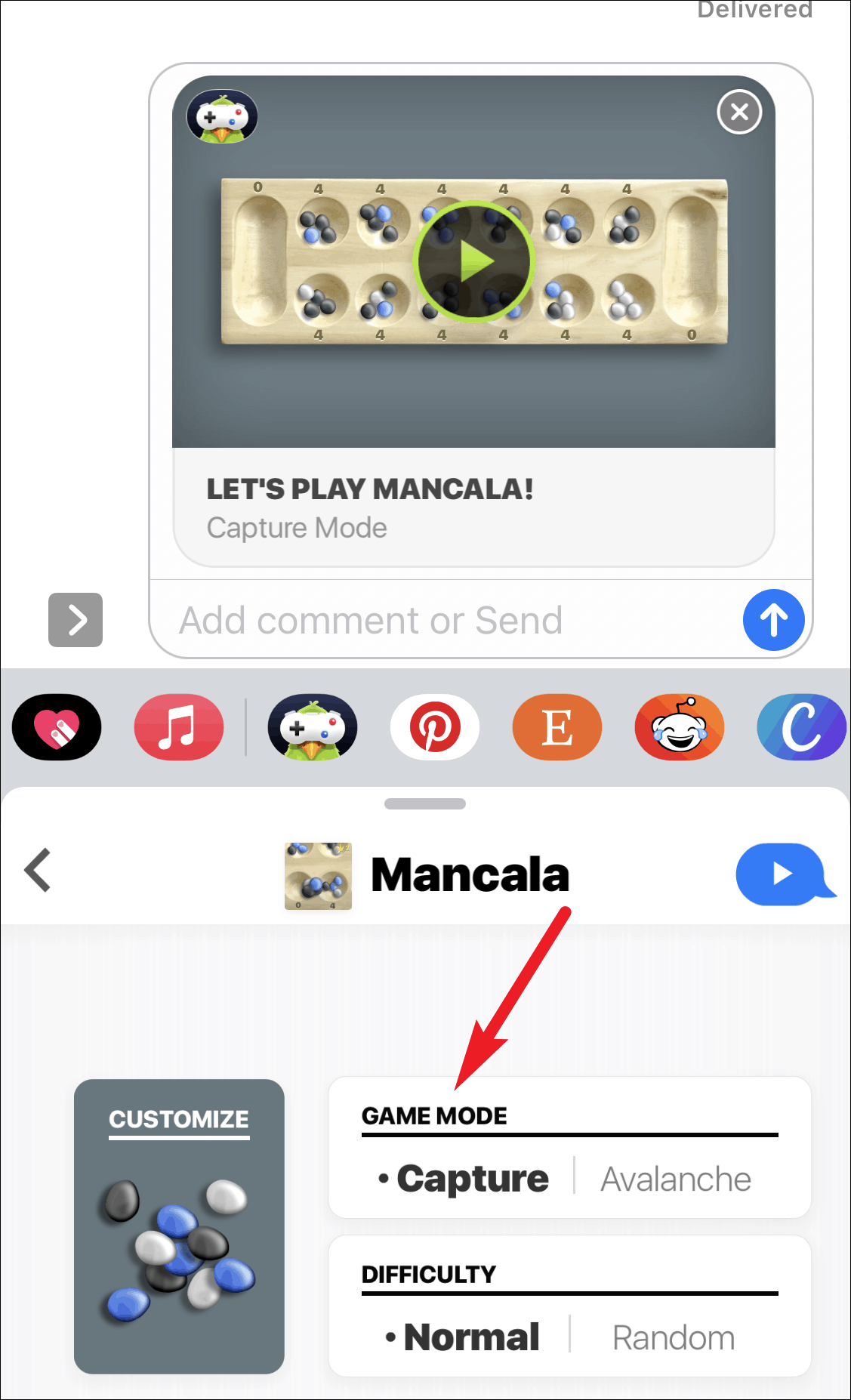
How to Play Mancala on iMessage
Mancala is a game that revolves around strategy and foresight. The game board consists of two rows of six small holes, known as pockets, and each player has a larger hole—called a mancala or store—to their side of the board.

At the start, each pocket contains four stones, totaling 48 stones. Your pockets are on your side of the board (displayed at the left in iMessage), and your mancala is at the bottom. The primary objective is to collect as many stones as possible in your mancala. The game concludes when all six pockets on one side are empty. The player with the most stones in their mancala wins.
Playing in Capture Mode
In Capture mode, the gameplay focuses on capturing your opponent's stones to add to your mancala. Here's how it works:
- On your turn, tap one of your pockets to move its stones.
- The stones are distributed one by one into subsequent pockets in a counter-clockwise direction, including your mancala but skipping your opponent's mancala.
- If the last stone lands in your mancala, you earn a free turn.
For example, if you select a pocket with four stones, one stone will be placed in each subsequent pocket and possibly your mancala, depending on the count.
Capturing Stones: If the last stone you drop lands in an empty pocket on your side, you capture that stone and any stones in the directly opposite pocket on your opponent's side. All captured stones are moved to your mancala.
Capturing can significantly increase your stone count, so aim to land your last stone in an empty pocket when possible.
The game ends when a player's pockets are all empty. Any remaining stones on the opponent's side are moved to their mancala. The player with the most stones in their mancala at the end wins.
Playing in Avalanche Mode
Avalanche mode adds a continuous movement twist to the gameplay. The rules are similar to Capture mode with a few key differences:
- Tap one of your pockets to begin your turn.
- Stones are distributed one by one in a counter-clockwise direction, skipping your opponent's mancala.
- If the last stone lands in a pocket that already contains stones, you pick up all the stones in that pocket (including the last one you placed) and continue the distribution.
- Your turn ends when the last stone lands in an empty pocket.
This mode allows for longer turns and the possibility to deposit more stones into your mancala in one go. If your last stone lands in your mancala, you also earn a free turn.
The game concludes under the same conditions as Capture mode, with the player having the most stones in their mancala declared the winner.
Mancala on iMessage offers a delightful blend of strategy and fun that you can enjoy at your own pace. It's a great way to challenge your friends and keep your mind sharp. So go ahead, start a game of Mancala, and may the best strategist win!

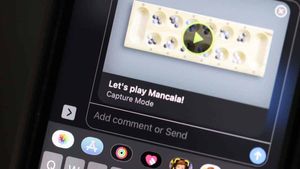



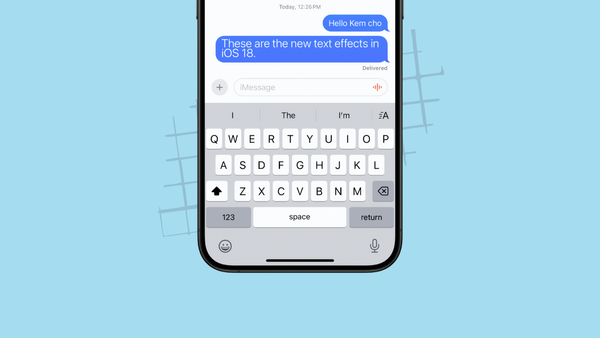
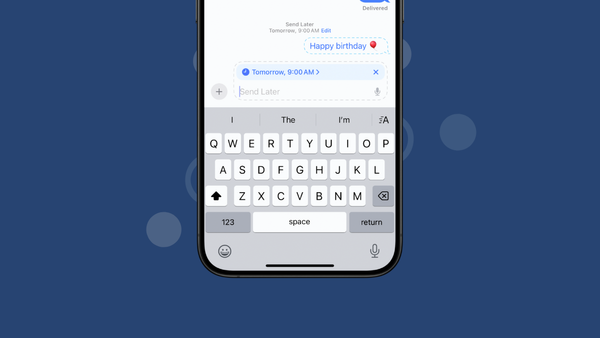



Member discussion